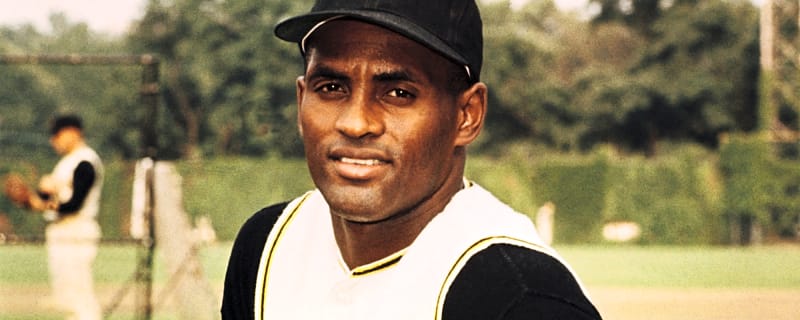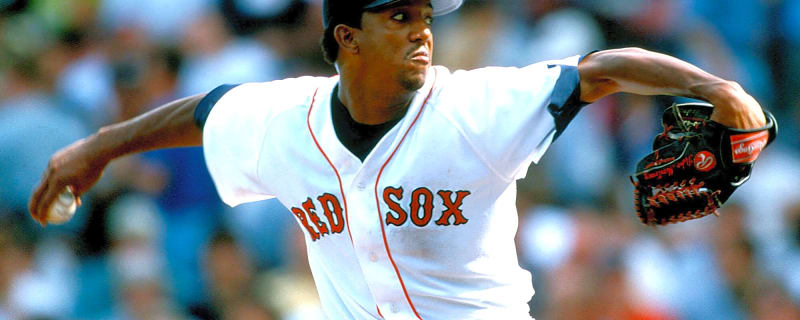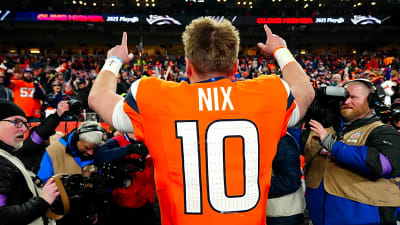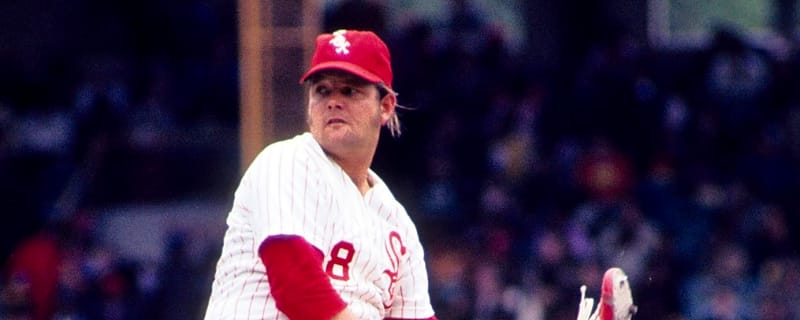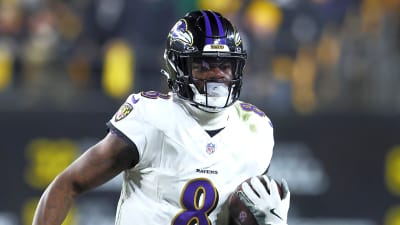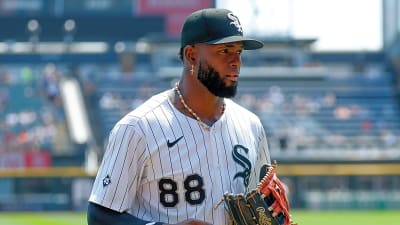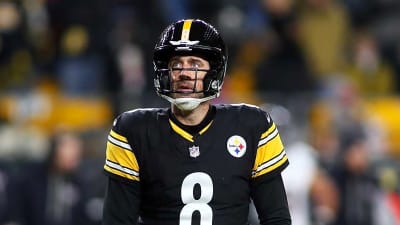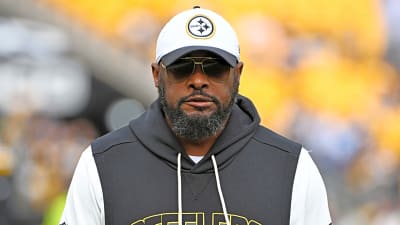- Home
- Quizzes
- My Quiz Activity
- Newsletters
- MY FAVORITES
- Add Sports/Teams
- SPORTS
-
NFL
- NFL Home
- Arizona Cardinals
- Atlanta Falcons
- Baltimore Ravens
- Buffalo Bills
- Carolina Panthers
- Chicago Bears
- Cincinnati Bengals
- Cleveland Browns
- Dallas Cowboys
- Denver Broncos
- Detroit Lions
- Green Bay Packers
- Houston Texans
- Indianapolis Colts
- Jacksonville Jaguars
- Kansas City Chiefs
- Las Vegas Raiders
- Los Angeles Chargers
- Los Angeles Rams
- Miami Dolphins
- Minnesota Vikings
- New England Patriots
- New Orleans Saints
- New York Jets
- New York Giants
- Philadelphia Eagles
- Pittsburgh Steelers
- San Francisco 49ers
- Seattle Seahawks
- Tampa Bay Buccaneers
- Tennessee Titans
- Washington Commanders
-
MLB
- MLB Home
- Athletics
- Arizona Diamondbacks
- Atlanta Braves
- Baltimore Orioles
- Boston Red Sox
- Chicago White Sox
- Chicago Cubs
- Cincinnati Reds
- Cleveland Guardians
- Colorado Rockies
- Detroit Tigers
- Houston Astros
- Kansas City Royals
- Los Angeles Angels
- Los Angeles Dodgers
- Miami Marlins
- Milwaukee Brewers
- Minnesota Twins
- New York Yankees
- New York Mets
- Philadelphia Phillies
- Pittsburgh Pirates
- San Diego Padres
- San Francisco Giants
- Seattle Mariners
- St. Louis Cardinals
- Tampa Bay Rays
- Texas Rangers
- Toronto Blue Jays
- Washington Nationals
-
NBA
- NBA Home
- Atlanta Hawks
- Boston Celtics
- Brooklyn Nets
- Charlotte Hornets
- Chicago Bulls
- Cleveland Cavaliers
- Dallas Mavericks
- Denver Nuggets
- Detroit Pistons
- Golden State Warriors
- Houston Rockets
- Indiana Pacers
- Los Angeles Clippers
- Los Angeles Lakers
- Memphis Grizzlies
- Miami Heat
- Milwaukee Bucks
- Minnesota Timberwolves
- New Orleans Pelicans
- New York Knicks
- Oklahoma City Thunder
- Orlando Magic
- Philadelphia 76ers
- Phoenix Suns
- Portland Trail Blazers
- Sacramento Kings
- San Antonio Spurs
- Toronto Raptors
- Utah Jazz
- Washington Wizards
-
NHL
- NHL Home
- Anaheim Ducks
- Boston Bruins
- Buffalo Sabres
- Calgary Flames
- Carolina Hurricanes
- Chicago Blackhawks
- Colorado Avalanche
- Columbus Blue Jackets
- Dallas Stars
- Detroit Red Wings
- Edmonton Oilers
- Florida Panthers
- Los Angeles Kings
- Minnesota Wild
- Montreal Canadiens
- Nashville Predators
- New Jersey Devils
- New York Islanders
- New York Rangers
- Ottawa Senators
- Philadelphia Flyers
- Pittsburgh Penguins
- San Jose Sharks
- Seattle Kraken
- St. Louis Blues
- Tampa Bay Lightning
- Toronto Maple Leafs
- Utah Mammoth
- Vancouver Canucks
- Vegas Golden Knights
- Washington Capitals
- Winnipeg Jets
- NCAAF
- NCAAM
- Olympics
- Boxing
- Entertainment
- Lifestyle
- Golf
- MMA
- Soccer
- Tennis
- Wrestling
- Sports Betting
- More Sports
- RESOURCES
- My Account
- YB on Facebook
- YB on Twitter
- YB on Flipboard
- Contact Us
- Privacy Policy
- Terms of Service
Yankees, Cody Bellinger standoff comes to a close with five-year agreement
Outside of the reigning American League MVP, Aaron Judge, Bellinger was the Yankees' best player in 2025.

Mets continue impressive week with trade for top-of-the-rotation starter Freddy Peralta
The New York Mets came into the offseason looking for a top-of-the-rotation starter. That was accomplished on Wednesday night.

Three winners of the 2025-26 MLB offseason
Now that outfielder Cody Bellinger has re-signed with the New York Yankees, most of the impact free agents are off the board. Although another transaction or two may happen, teams have a sense of their rosters as spring training approaches.
The 'MLB 30/30 seasons' quiz
In MLB history, a player has amassed 30 or more home runs and stolen bases in the same season 79 times. How many of those players can you name in eight minutes?
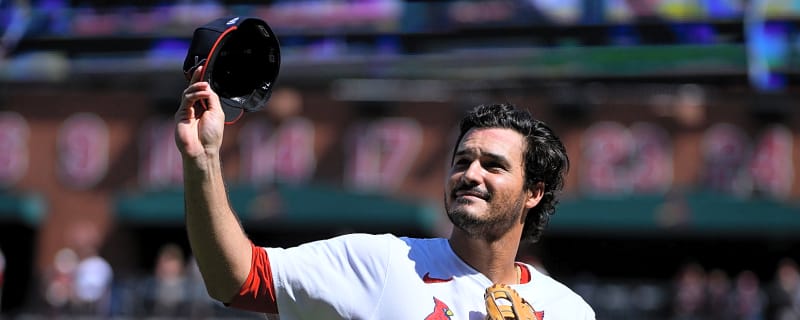
The 'MLB active RBI leaders' quiz
Can you name the active hitters with the most runs-batted-in in their career?
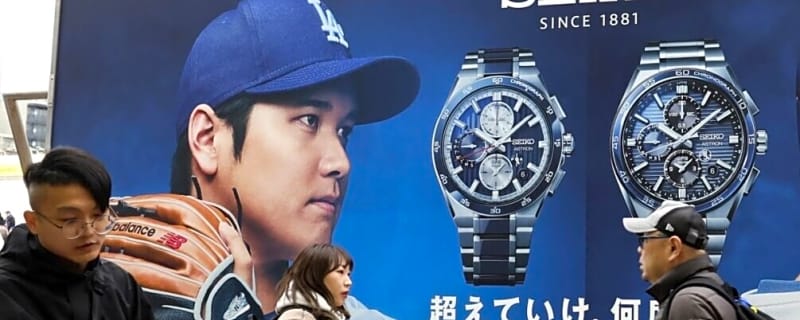
Shohei Ohtani becomes 4th athlete to earn $100 million in endorsements
The Los Angeles Dodgers stunned Major League Baseball when they signed Shohei Ohtani to a 10-year, $700 million contract in December 2023, which at the time represented the largest deal in professional sports history.
The 20 most significant MLB Rule 5 draftees
The Rule 5 draft, held annually at the winter meetings in December, never garners much fanfare, but it has been known to yield some noteworthy transactions.

Angels to re-sign Yoan Moncada
Moncada is back for a second season with the Halos.
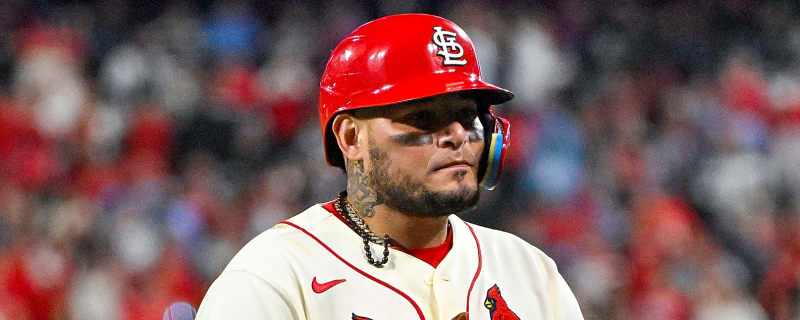
What Yadier Molina's return means to Cardinals
The St. Louis Cardinals got good news on Wednesday when it was announced that future Hall of Fame catcher Yadier Molina would be returning to the organization as a special assistant to president of baseball operations Chaim Bloom.
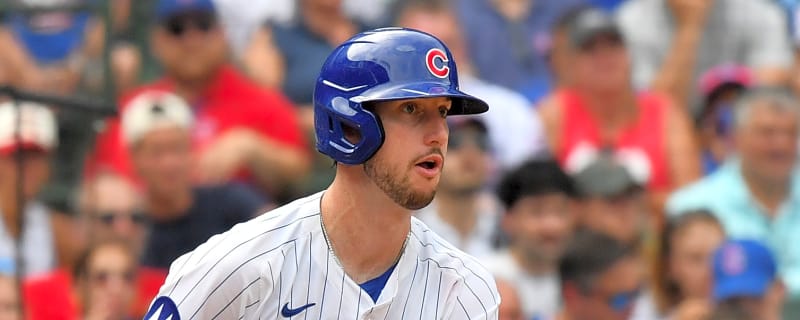
'Raging' MLB owners sound ready for lockout after Dodgers, Kyle Tucker deal
Is a work stoppage in MLB inevitable at this point?

Mets find outfield upgrade in late-night trade for Luis Robert Jr.
Robert fits the Mets' stated goal of improving their run prevention as he saved five runs defensively in center in 2025 and is a former Gold Glove winner.

Carlos Beltran, Andruw Jones elected to Baseball Hall of Fame
The 2026 Hall of Fame class will have three members. Outfielders Carlos Beltran and Andruw Jones were elected to the National Baseball Hall of Fame on Tuesday.

Padres reportedly enter Freddy Peralta sweepstakes
Peralta had an impressive season as the Brewers ace in 2025.
The 25 greatest pitching seasons from the modern MLB era
America's favorite pastime has more memorable performances than any sport. As such, figuring out which pitchers had the best seasons ever is no easy task.
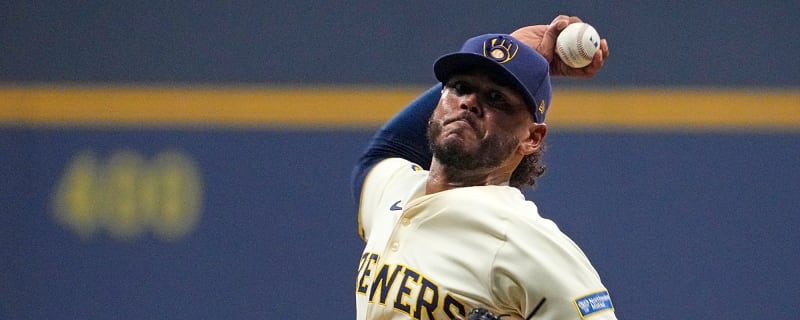
Dodgers are pursuing another star player
The Los Angeles Dodgers are not done trying to add to their roster before the 2026 season.

Braves find their stopgap at shortstop after Ha-Seong Kim's injury
One day after the Atlanta Braves received news that their shortstop for 2026, Ha-Seong Kim, suffered a hand injury, they found their stopgap at shortstop until his return.

Baseball Hall of Fame voter explains his ballot
Being a Hall of Fame voter is one of the greatest privileges a baseball writer can have. It can also be one of the most difficult tasks.
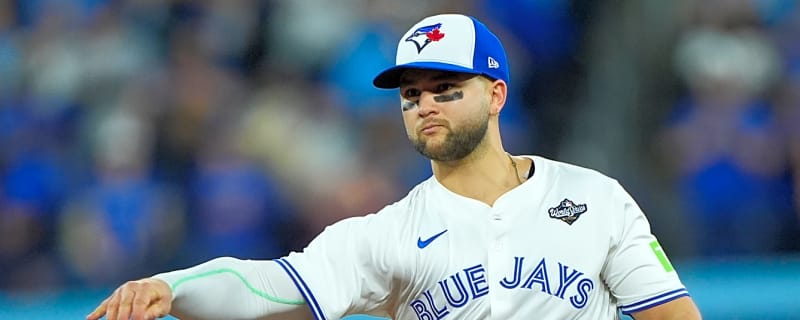
Mets still eyeing upgrades after signing Bo Bichette
Adding Bichette does not mean that the Mets are done improving the roster.

Braves back to square one at shortstop after latest injury news
The Atlanta Braves thought they had an answer at shortstop for 2026 when they re-signed Ha-Seong Kim to a one-year, $20 million contract. Instead, the Braves find themselves back at square one.
Wilbur Wood passes away
Longtime big league knuckleballer Wilbur Wood passed away on Saturday at age 84. A left-handed workhorse starter, Wood was a three-time All-Star over a 17-year MLB career that included stints with the White Sox, Pirates, and Red Sox.

Reds star Elly De La Cruz turned down record contract extension
At 24, De La Cruz has put together an impressive resume in his three years in the big leagues.

Dodgers expected to keep former All-Star outfielder
Trade rumors have swirled around Los Angeles Dodgers outfielder Teoscar Hernandez throughout the offseason.
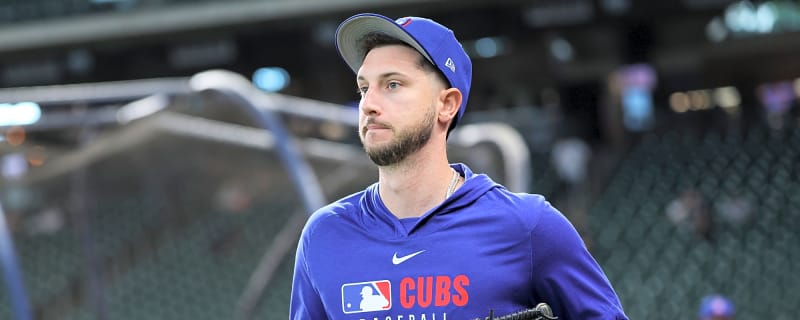
Blue Jays show willingness to spend with rejected Kyle Tucker offer
The Toronto Blue Jays may have missed out on outfielder Tucker, but it was not due to a lack of effort.
The 'Active 30-home run MLB hitters' quiz
How many of the active MLB players to mash 30 home runs in multiple seasons of their career can you name in six minutes?
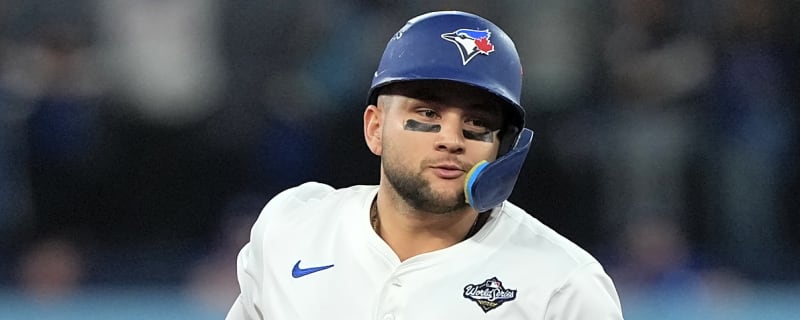
Mets improve lineup, agree to deal with free agent Bo Bichette
When all signs pointed to the Philadelphia Phillies landing Bichette, the New York Mets swooped in and stole him away from their division rival.

Phillies retain franchise mainstay J.T. Realmuto
The Philadelphia Phillies did not waste any time after missing out on infielder Bo Bichette in free agency.
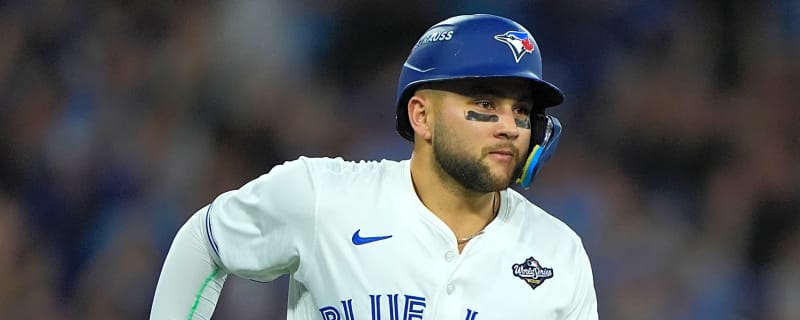
Mets' infield additions tell contradictory story
The New York Mets have made run prevention a key part of their offseason strategy.
Royals' reluctance in free agent market could hinder Bobby Witt Jr.'s prime
In 1989, Mark Davis threw 92.2 innings, had an ERA of 1.85, and saved 44 games. He won the Cy Young and entered free agency looking for a big contract.
Breaking News
Trending News
My Favorites
Customize Your Newsletter
 +
+
Get the latest news and rumors, customized to your favorite sports and teams. Emailed daily. Always free!
PRIVACY POLICY EDITORIAL POLICY CONTACT US
ABOUT YARDBARKER TERMS OF SERVICE
Use of this website (including any and all parts and
components) constitutes your acceptance of these
Terms of Service and Privacy Policy.
This site is for entertainment purposes only.
There is no gambling offered on this site.
Gambling Problem? Call 1-800-Gambler.
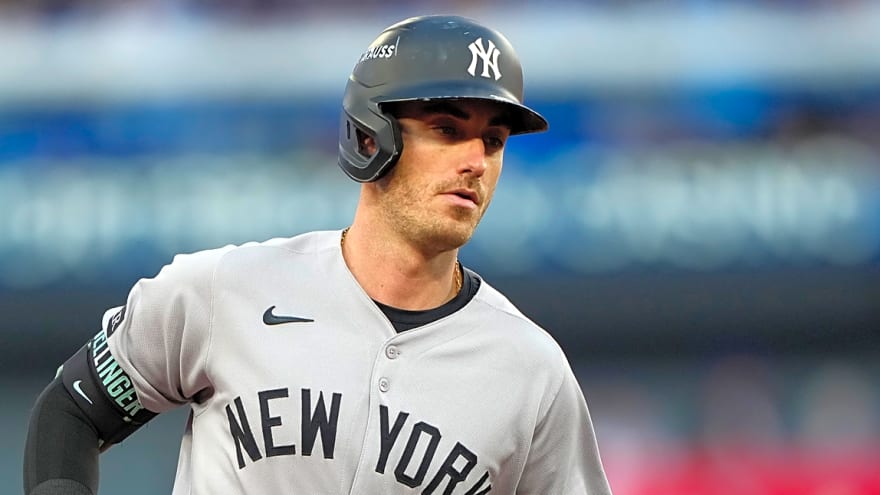
 Free Newsletters
Free Newsletters
